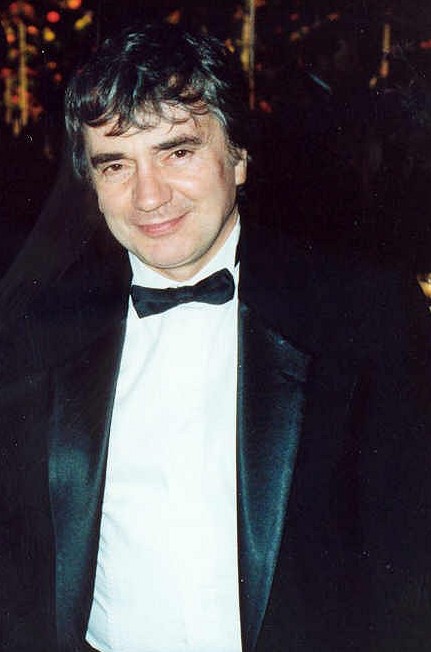Rowan Atkinson (b1955) (also known for his character Mr. Bean) is miming the Beethoven Pathetique sonata - (1st movement) and Moonlight sonata (3rd movement) on Youtube. And what a phenomenon, over 2 million hits!
Dudley Moore's (1935-2002) Beethoven Parody. Read more about Dudley Moore on the piano street blog.
If you like Dudley Moore's playing see my previous Blog link Piano Legends: Dudley Moore - a tribute
I found this duo from watching them on the Pianomania movie scene on Youtube. After finding out the castlist I tracked them down, they are known as the IGUDESMAN & JOO duo. And they name Dudley Moore and Victor Borge as their inspiration! They are both classically trained and met at the prestigious Yehudi Menuin school in Surrey, UK.
Rhapsody - Raspberries
Victor Borge (1909-2000) performs the Liszt Hungarian Rhapsody #2. I was reading from his biography on wikipedia that Mr. Borge started learning the piano at the age of 2, and that later his teachers included a student of Liszt as well as Busoni's student (Egon Petri).
Tom and Jerry playing the Hungarian Rhapsody #2 piano. This video, which won an Oscar in 1946 inspired Lang Lang.
See my blog entry - Inspiration from the Cat playing the piano!....Lang Lang did!
Last but not least, follow the link to our next funny animated piano video:
Bugs Bunny Playing the Hungarian Rhapsody #2 in C# minor




